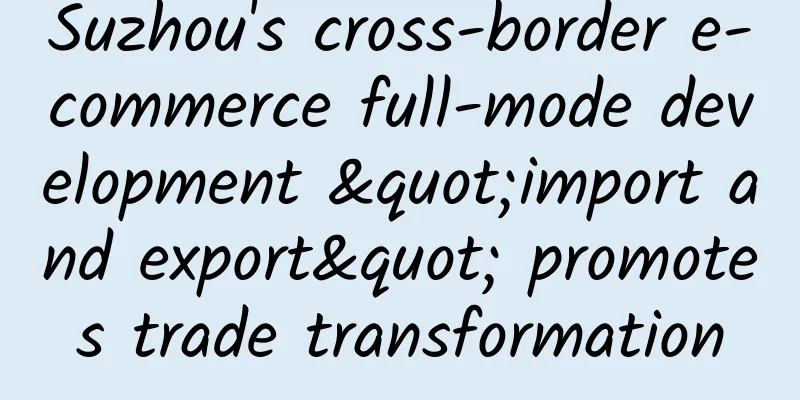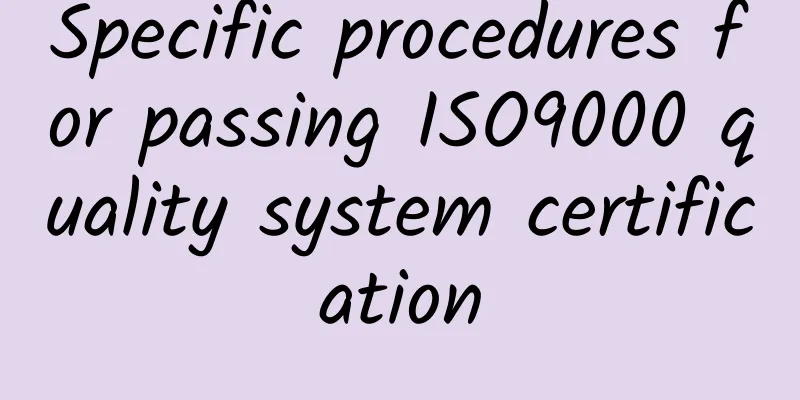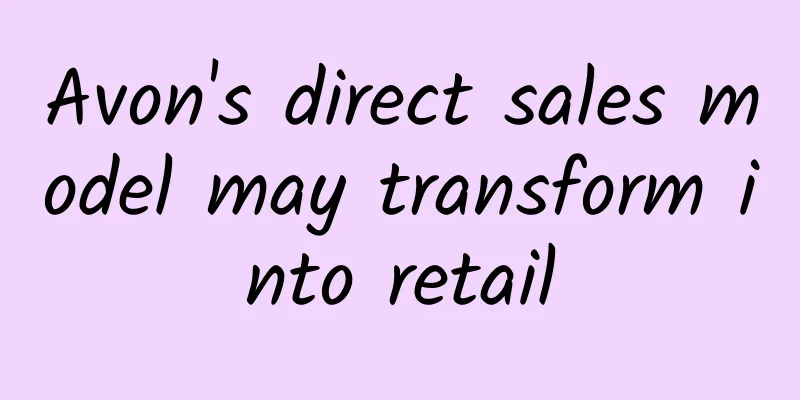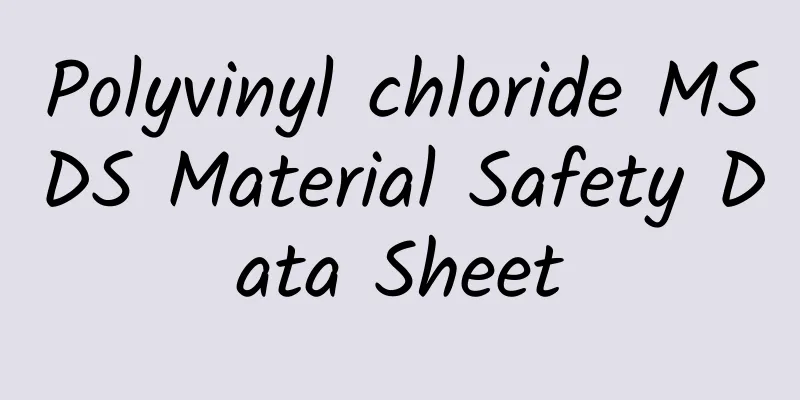Comparison between HACCP certification and traditional certification technology
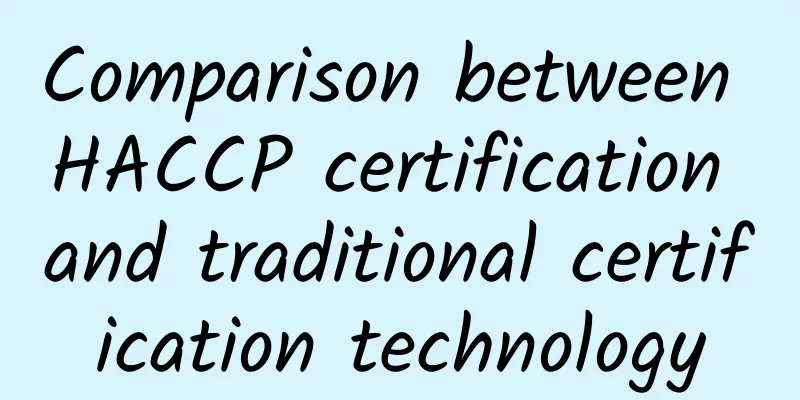
|
Traditional food safety control processes are generally based on " centralized " inspections and final product testing, looking for potential hazards through " looking, smelling and cutting " rather than taking preventive measures. Therefore, there are certain limitations. For example, it is difficult to complete food processing work within the specified time, rely on intuition to predict potential food safety issues, and the inspection of final products is costly. In order to obtain meaningful and representative information, it is difficult to collect and analyze enough samples. |
<<: Application of HACCP Certification in Health Products
>>: Introduction to HACCP Certification
Recommend
Social Responsibility Compliance Audit Checklist (I)
Carrefour (logo) Factory name: XX Toys Co., Ltd. ...
H&M and Inditex: Balancing Fashion and Affordability
As affordable fashion chain brands, the core compe...
What is the process of registering and opening a store on eBay?
eBay is the cross-border e-commerce platform with...
Amazon launches new program! How to obtain the Climate Friendly Commitment label?
Amazon founder and CEO Jeff Bezos has pledged tha...
ETI Basic Principles
Basic Principles 1. Freely chosen employment rela...
What is FirstCry? What are the characteristics of FirstCry?
FirstCry, a maternal and infant e-commerce compan...
What is the Customs Lawyer Network? What are the functions of the Customs Lawyer Network?
What is the Customs Lawyer Network? The Customs L...
Cash On Delivery
What is Cash On Delivery? Cash on Delivery means ...
Common fire safety issues and solutions during BSCI factory audits (III) Incomplete escape plans lack necessary content
Problem phenomenon: The escape map is incomplete ...
5 ways promoting your listings on eBay can help you increase sales
As a paid advertising service, eBay Promoted List...
eBay platform classroom, what are the characteristics of eBay?
As an international retail cross-border e-commerc...
Who will audit Disney's factory inspection?
Disney's audit and application have the follow...
Introduction to GOTS organic cotton certification agency
GOTS Global Organic Textile Certification Standar...
Questions about BSCI certification
Q: What is the scope of BSCI certification audit?...
Six key points to note in the factory inspection process
The factory inspection process generally includes...


